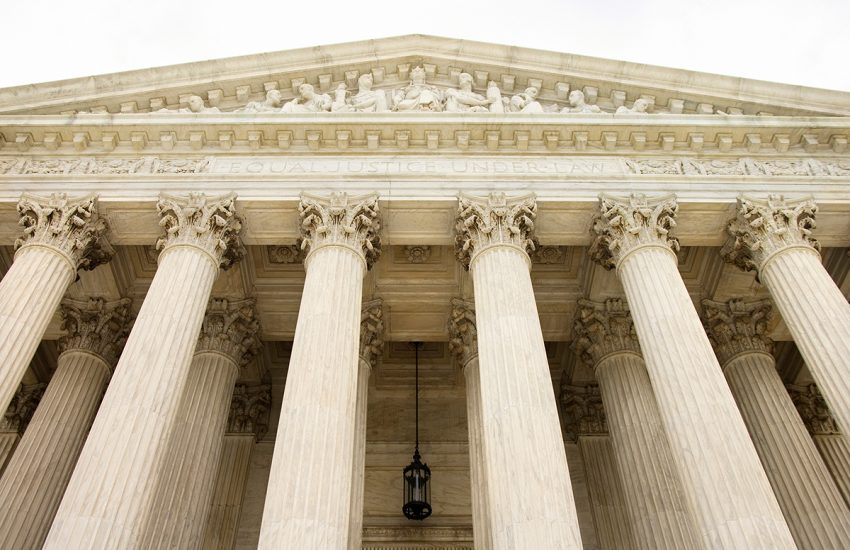Regulations — and executive agencies’ interpretation of those regulations — can make or break companies, and even entire industries. For decades now, the judiciary’s approach to administrative review, found in the landmark 1984 case Chevron U.S.A. Inc. v. National Resources Defense Council, largely deferred to government agencies’ interpretation of their governing statutes on the grounds that such agencies were best positioned to interpret those statutes. “Chevron deference” became a foundational framework for administrative law.
But in recent years, critics have argued that Chevron deference violates Article III of the Constitution, and that federal courts should interpret vague statutes. Now we await the Supreme Court’s decisions in Loper Bright Enterprises v. Raimondo and Relentless Inc. v. Department of Commerce, both of which urged it to overrule Chevron. While the court will issue these decisions in the latter part of June, some federal courts’ recent decisions — demonstrating an increasing willingness to limit the regulatory power of executive agencies — allow us a window into what might happen at the end of the Supreme Court’s current term.
For example, the federal district court for the Northern District of Texas agreed with the State of Texas and its Department of Transportation that the Federal Highway Administration (FHWA) lacked the statutory authority to require states to establish declining targets for carbon dioxide emissions from on-road mobile sources. FHWA adopted this rule as part of its National Highway Performance Program (NHPP) performance measures, but the court concluded that Congress expressly limited permissible NHPP performance measures to those focused on facilitating travel, commerce, and national defense, not ones focused on the environmental performance of vehicles using highway infrastructure. The court found the statutory context further demonstrated that the “performance” of the highway system did not include greenhouse gas emissions from vehicles using the system.
In another case, the federal district court for the Western District of Kentucky ruled that the FHWA rule not only exceeded the agency’s statutory authority but was arbitrary and capricious. The court said it did not matter whether the statute authorized the FHWA Administrator’s reading of performance to include environmental performance because there was a “more fundamental problem” regarding whether FHWA could set “performance targets.” The court concluded that the statute gave states the authority to set such targets, and did not authorize the FHWA Administrator to “appropriate[e] that target-setting authority by defining performance measure” — which FHWA does have authority to establish — “in a way that dictates the choice of targets given states by Congress.”
The court therefore held that FHWA “may not create a performance measure that forces states to set declining targets in CO2 tailpipe emissions on the National Highway System.” The court also found that, even assuming FHWA had statutory authority to set environmental performance standards, the regulation was arbitrary and capricious because no rational connection existed between the facts and the justifications for the regulation.
These cases, among others, indicate the judiciary’s expanding skepticism of executive-agency actions. It has been decades since federal courts have proved so willing to challenge what they view as interpretive overreach. There is literally no better time than the present to review your industry’s governing statutes underlying its regulations to determine whether those statutes actually authorize the regulations. And if the Supreme Court overturns Chevron, as some believe it might, the opportunities to limit federal regulatory power via litigation will only expand. We heartily suggest consulting a lawyer familiar with your industry to determine whether you might benefit from challenging that power as it applies to your business.

